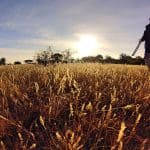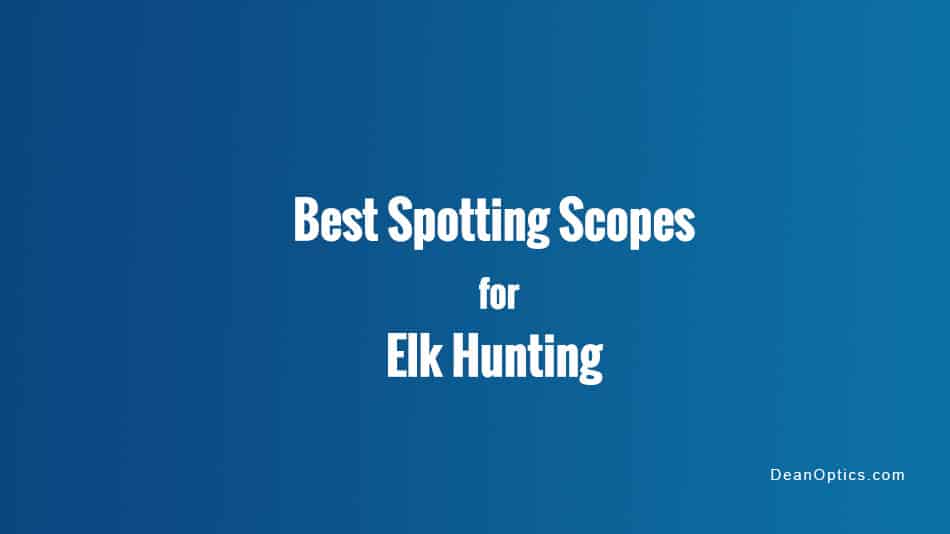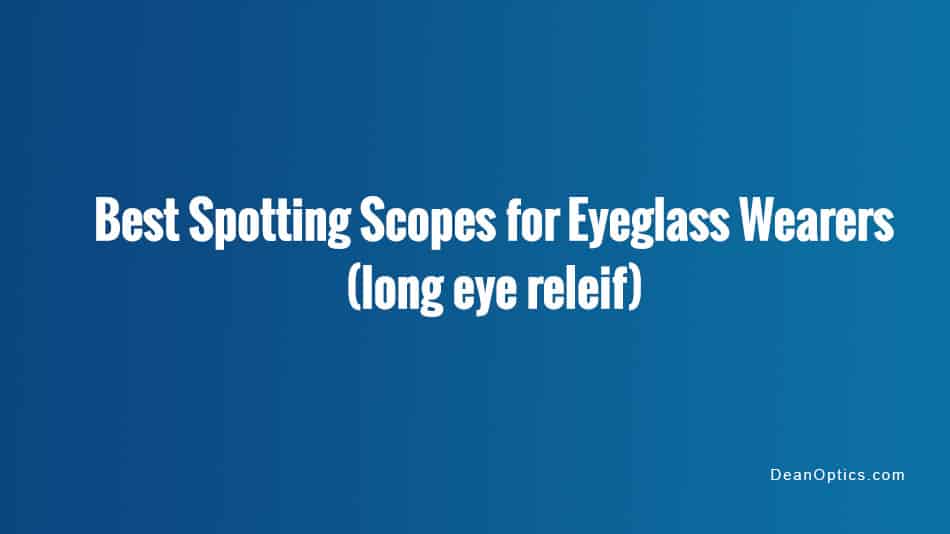Your head might have taken spin to hear about a link between spotting scope and astronomy.
Honestly speaking, all our lives we have been associating telescopes with astronomy. So, where the heck these spotting scopes come from for this purpose? Well, I will discuss it in in-depth whether you can use a spotting scope for astronomy or not. Here is a brief answer to your query: can you use a spotting scope for astronomy?
Yes! if you are a beginner and are interested in basic astronomical observations, a spotting scope is a better option. For advance astronomy, high magnification power and a bigger objective lens is required, which normally a spotting scope lack. However, spotting scopes outrank telescopes for its zooming ability.
There is more to add to make you hammer the answer home. There are some other aspects as well that drives the answer more coherently. Without further ado, let’s plunge into it;
Spotting Scope vs. Telescope for Astronomy
To better discern the answer we need to understand the difference between these two optics gadgets. And how they help us in astronomy.
Magnification Power
Comparing the magnification power, telescope is ahead by days. Telescopes have magnification power as high as up to 500x. Even a tiny sized telescope comes with huge magnification power. On the other hand, we have spotting scopes, they normally max out at 60x – 80x magnification power.
In astronomy, you generally need high magnification power to observe long distance objects, but if your need lies somewhere near 60x to 80x magnification then spotting scope can be a good replacement.
Zoom
You might be thinking zoom and magnification power are the same thing, right? Well, magnification is the ratio between the actual object size and the size appears on the lens, while zoom refers to the lens design that adds variable focal length for our convenience.
Spotting scopes have variable zoom allowing you to adjust your sight by adjusting its zoom without making you leave the scope.
Moreover, telescopes are normally fixed. They do have magnification edge but they don’t offer variable zoom for a specific use. You have to detach your eyepiece to adjust its zoom.
If you need to adjust the focal length for multiple times to observe objects as per your convenience, then yes spotting scopes are the congruous choice for astronomical observations.
Objective Lens Size
Spotting scopes generally have lenses ranging from 45mm – 100mm in diameter, but 60mm -80mm lenses are common. On the other hand, telescopes have much bigger objective lens ranging from 60mm to 140mm and even more, which means it captures more light. The bigger the lens, the more light a lens can take in. With that, you can see objects clearly – and even without any blur.
In short, because of larger objective lens diameter and the ability to take in more light, telescopes are a reliable option for astronomy compared to spotting scopes,
Portability and durability
Spotting scopes are designed for outdoor use, so it’s a no brainer that spotting scopes are way more portable and durable than telescopes.
Which spotting scope is best for astronomy?
Celestron Ultima 100 angled spotting scope is one of my favorite spotting scopes for astronomy. It has 22-66x magnification power and a 100mm objective lens diameter. Such a large lens diameter will help you see bright and clear stars and meteors. Apart, it is water and fog proof, so you don’t have to worry even if the temperature gets down at night (which most often causes fogging if a scope isn’t fog proof)
So, in my opinion, Celestron Ultima is the best spotting scope for astronomical observations.
Also Read: Where are the world’s top spotting scopes made?
Straight spotting scope or angled spotting scope for astronomy
Spotting scopes come in a diverse variety, some of them are straight and some of the spotting scope lenses are angled at 45 degrees from the eyepiece. Angled spotting scopes are more appropriate for astronomical observations.
Since telescopes are specifically designed for astronomical observations, and they normally have an angle of 90 degrees, keeping this in mind, you should also opt for an angled spotting scope. And they don’t stress you neck, too.
Straight spotting scopes are more feasible for ground hunting as you tend to see objects at 0 degrees from your eyepiece.
Spotting scope or telescope for astronomy? Let’s conclude
By this far you must have got the answer to whether you can use spotting for astronomy or not. Let’s conclude it.
For astronomy, telescopes are spearheads as they have higher magnification power. However, if you are a beginner and on a budget, I recommend using spotting scopes. With spotting scopes, you have the freedom to use it for astronomy as well as hunting, bird watching, nature viewing, and much more.
Photo by Yuting Gao from Pexels

Binos enthusiast since I was 12 – A real expert in all things optics including rifle scopes and red dots. Live in Dubai & love writing, beaches and eating!






